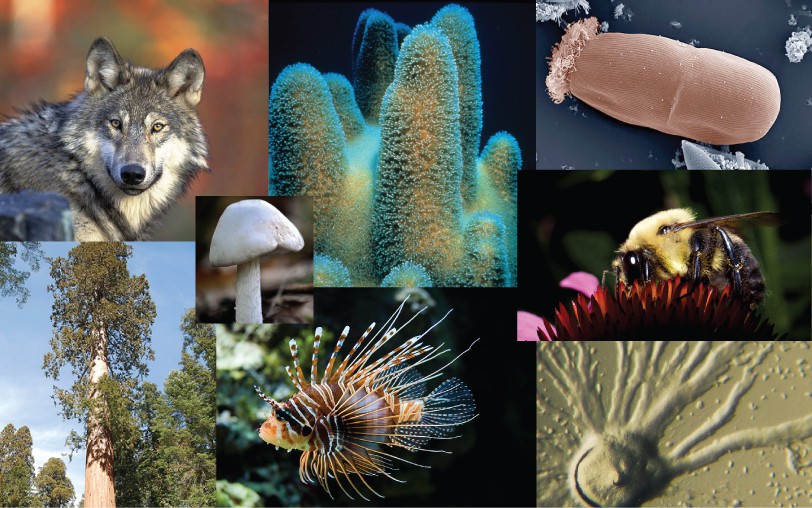Chapter 3: Evolution and Its Processes

All species of living organisms—from the bacteria on our skin, to the trees in our yards, to the birds outside—evolved at some point from a different species. Although it may seem that living things today stay much the same from generation to generation, that is not the case: evolution is ongoing. Evolution is the process through which the characteristics of species change and through which new species arise.
The theory of evolution is the unifying theory of biology, meaning it is the framework within which biologists ask questions about the living world. Its power is that it provides direction for predictions about living things that are borne out in experiment after experiment. The Ukrainian-born American geneticist Theodosius Dobzhansky famously wrote that “nothing makes sense in biology except in the light of evolution.”1 He meant that the principle that all life has evolved and diversified from a common ancestor is the foundation from which we understand all other questions in biology. This chapter will explain some of the mechanisms for evolutionary change and the kinds of questions that biologists can and have answered using evolutionary theory.
Glossary
evolution: a scientific theory that explains how species change over time through natural selection and other processes
geneticist: a scientist or physician who studies genes, heredity, and how organisms vary
References
Biology and the Citizen (2023) Copyright © 2022 by Utah State University is licensed under a Creative Commons Attribution 4.0 International License, except where otherwise noted.
Footnotes
- 1 Theodosius Dobzhansky. “Biology, Molecular and Organismic.” American Zoologist 4, no. 4 (1964): 449.
Media Attributions
- Figure 11.1

